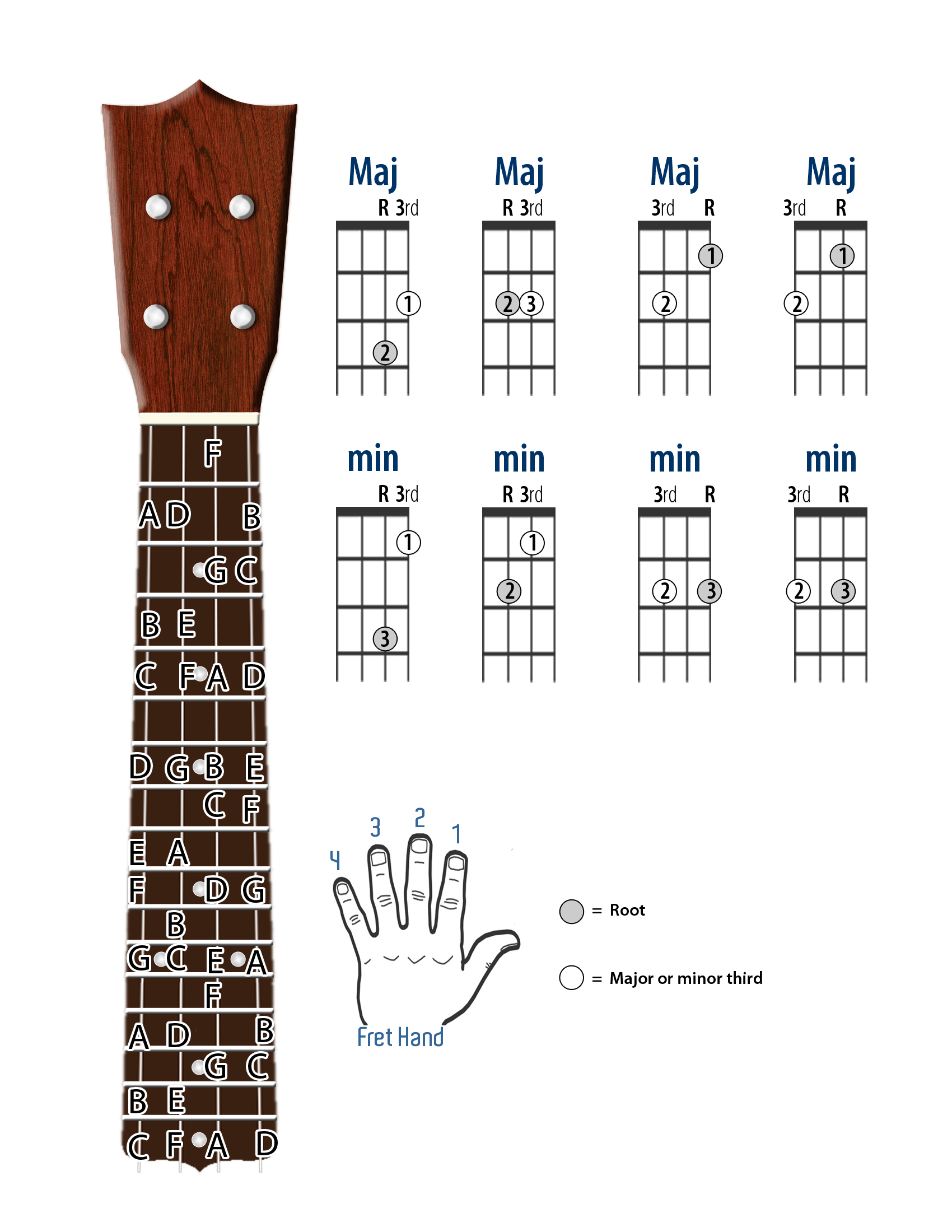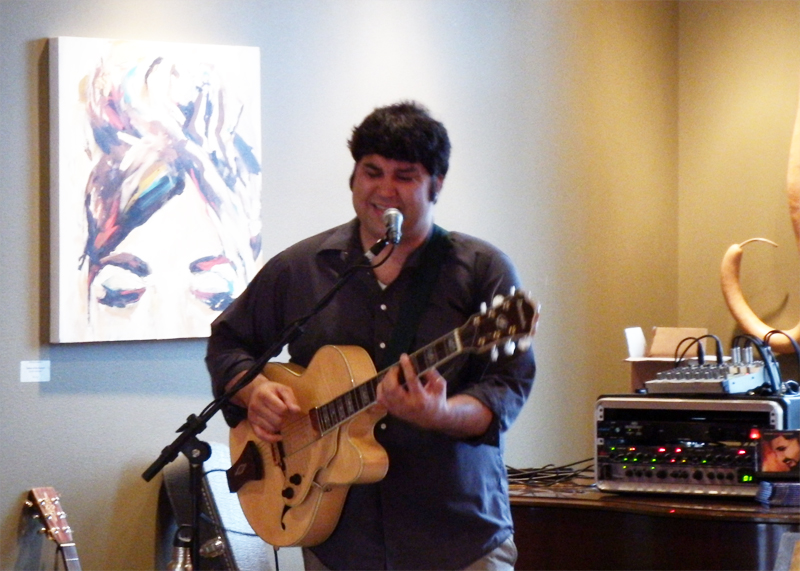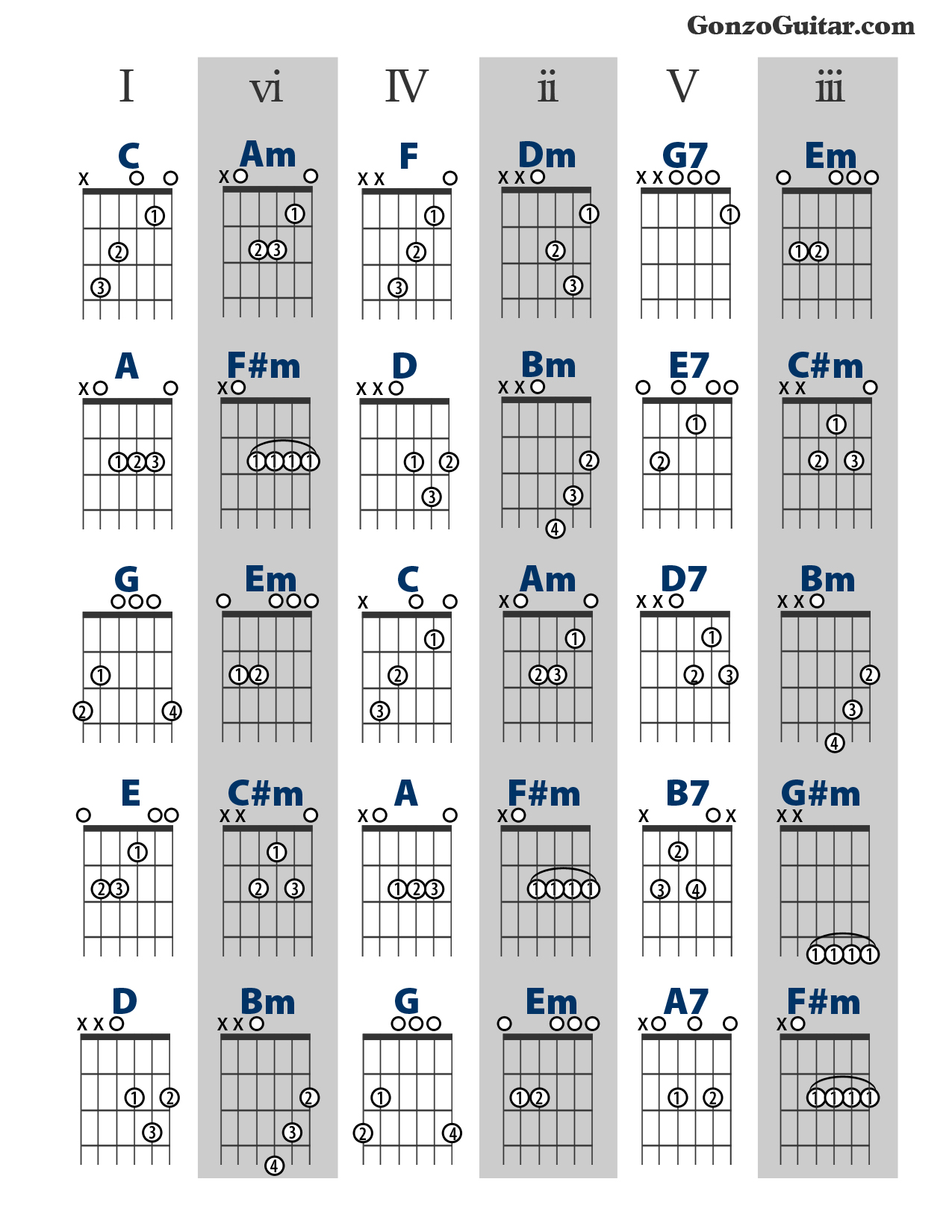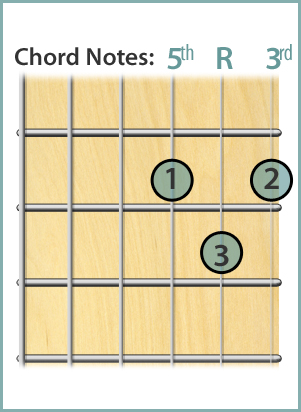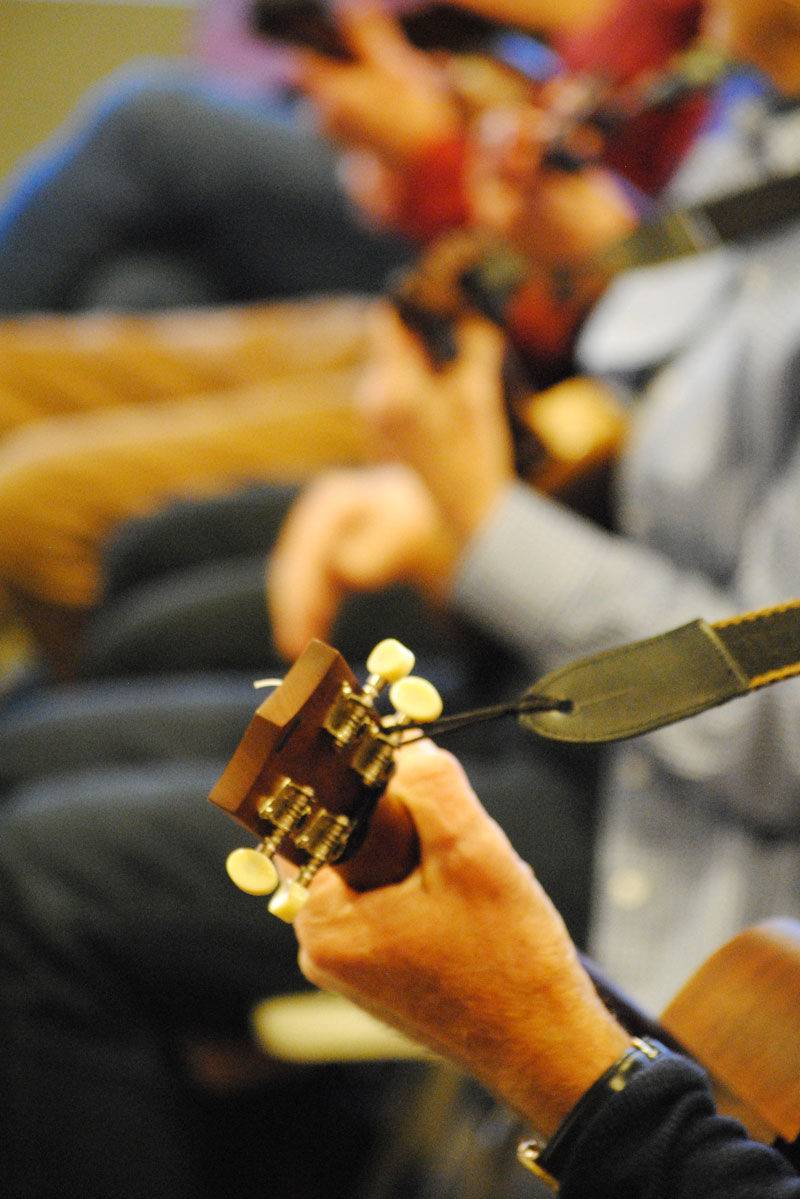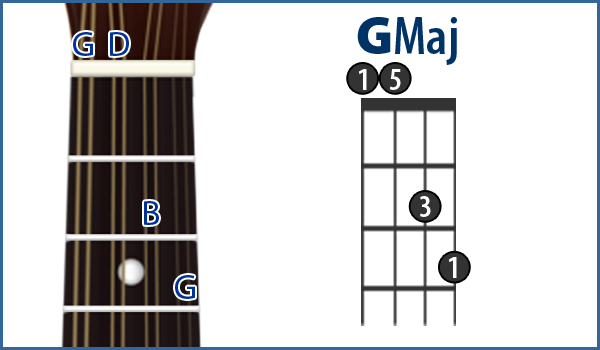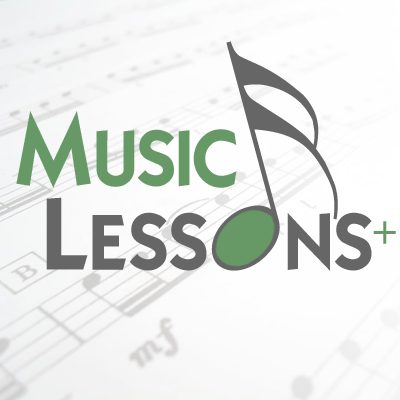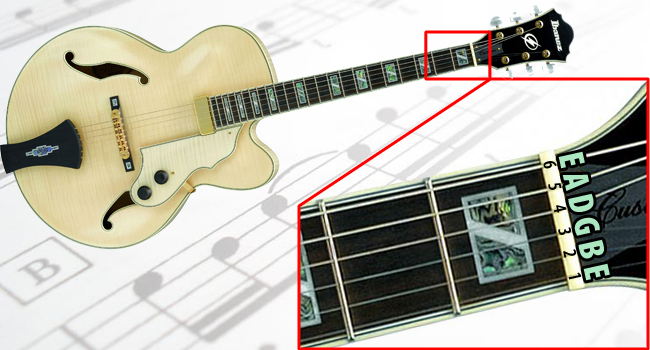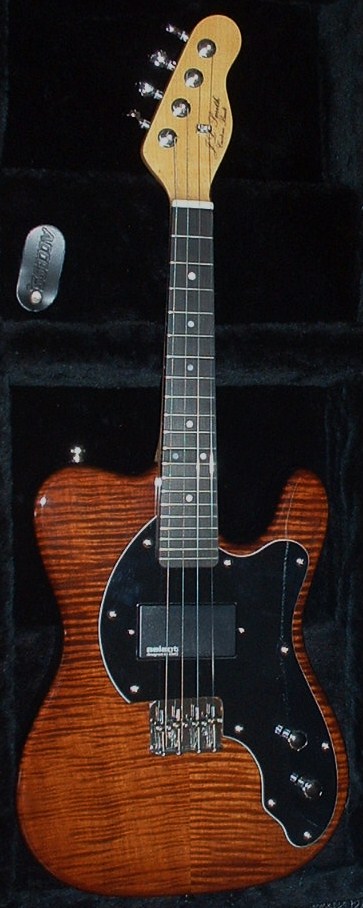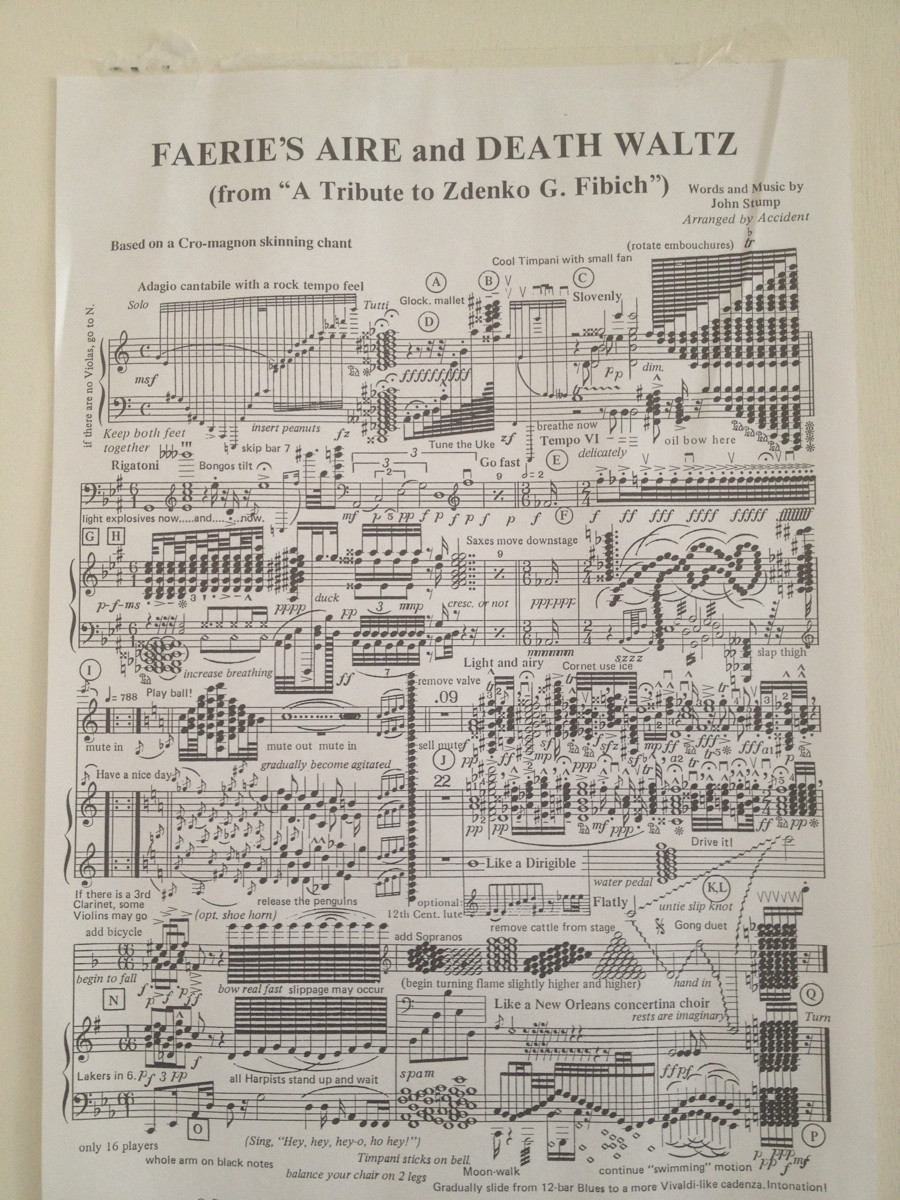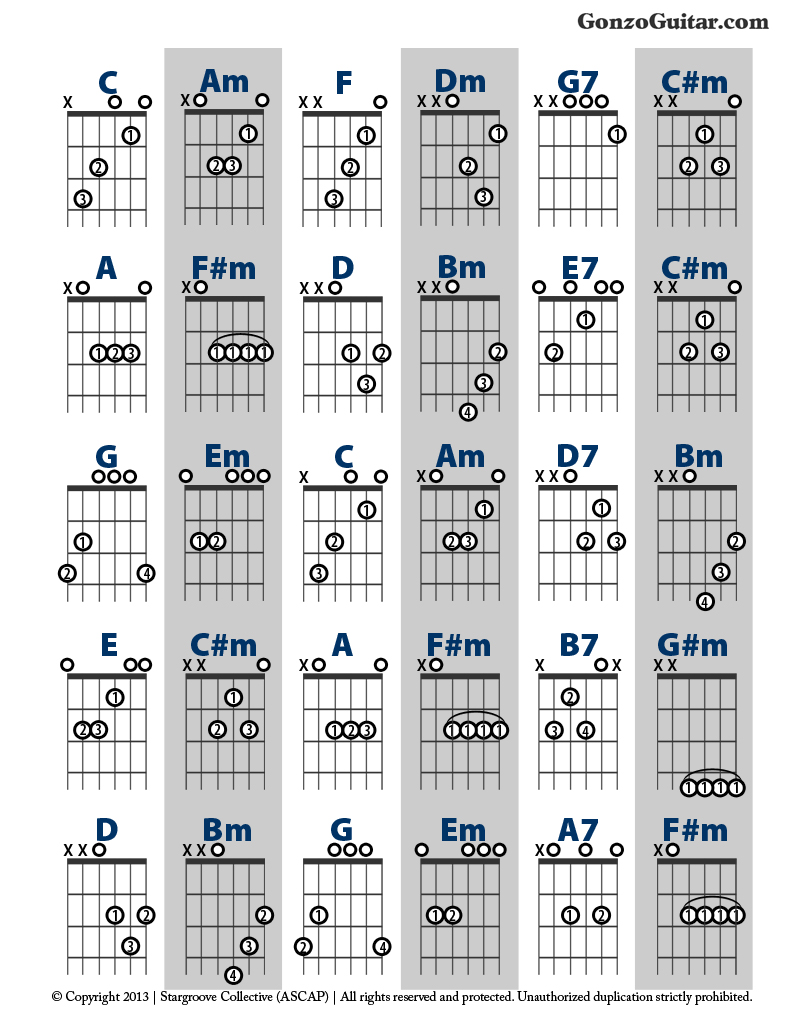Category: All
-
Should You Convert Your Music To 432 Hertz?
Most tuners are based on an A=440 international standard of measure. Here is an interesting story about frequencies in the universe and their potential effects on us. “Tesla said it. Einstein Agreed. Science proved it. It is a known fact that everything—including our own bodies—is made up of energy vibrating at different frequencies. That being…
Written by
-
BBC News – How did ancient Greek music sound?
Check out this fascinating story from the BBC: “The music of ancient Greece, unheard for thousands of years, is being brought back to life by Armand D’Angour, a musician and tutor in classics at Oxford University. He describes what his research is discovering.” http://www.bbc.com/news/business-24611454
Written by
-
Note Intervals on Ukulele
In this Blog lesson I will be exploring the basic concept of music note intervals. These are a universal concept of music regardless of what instrument you play. This lessons demonstrates how they come from the major scale, and how they are played on the ukulele. Major Scale: The Major Scale is a system used…
Written by
-
Roots Music
Preview music samples performed by the Rhythm Committee led by Michael George. You’ll find a mix of live and studio recordings that showcase Michael playing blues, rock, funk, and RnB flavors with his soulful trio. [products ids=”4096,4097,4111,4115″]
Written by
-
Funk Guitar Lessons
Michael has been performing and studying music since he was eight years old. As a youth he started with voice and trumpet playing in various bands and choirs during his school years. In his early twenties he picked up the acoustic guitar and began to write songs and compose chord progressions. For the past fifteen…
Written by
-
Current Students
Welcome to the active student section of my website. This is where students can get information related to there current private lessons. I may post practice tips, specific exercises, videos or other teaching tools for you on your own private student page. Current students Contact Michael to activate your account. Your personal page is named…
Written by
-
Twelve Bar Blues
Each genre of music has certain characteristics that distinguish it from other musical styles. These familiar attributes can be found in the rhythms, chords, and notes. Blues music is based on a common song form with three basic chords. This form is commonly called the twelve bar blues because it contains 12 measures. Typically contains…
Written by
-
Common Blues Rhythms
After learning the common cowboy chords and strumming patterns many guitar players are unsure how to develop their rhythmic approach to get variety in their sound. Studying the common blues rhythms can add interest and style to your playing no matter what kind of music you play. In this lesson guitarist and composer Michael George…
Written by
-
Essential Mandolin Chords
Chords in Music Chords in music are like words in a spoken language. When you assemble the ‘right’ combination you make meaningful phrases that have direction. Self-taught students often make the mistake of trying to memorize many chords to grow their chord vocabulary. This approach may work in time, but a better way is to…
Written by
-
Music Lesson Forum
I’m excited to announce the new Music Lessons Forum hosted on my website. Register for Free to join the conversation. Post your own topic ideas or questions and Michael will reply with unique insights and ideas to help you learn. It’s in the beginning stages but in the future will have posts geared to musicians…
Written by
-
Tune a Guitar
Before you can learn to play ANYTHING on the guitar the strings must be tuned. Otherwise even if your fingers are doing the right thing…it will sound wrong. Let me give a few things to think about… Most guitars have six strings arranged in order from the lowest to the highest sounding note. You can…
Written by
-
Build Chords from Scales
Have you ever heard musicians explain the chords to a song with numbers? A guitar player might say something like, “This song is just one, four and five chords in G.” This number system applies to the chords in a given key (or family). Once it’s understood it’s a great tool for learning and memorizing…
Written by




